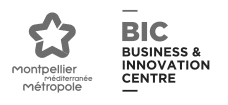The first crewed missions to the Moon are planned for 2026, with a self-sustaining, long-term presence from 2030
200 times the radiation levels at the Earth’s surface
Temperature variations from +120°C during the day to -170°C at night or even -230°C
Pervasive moon dust (“regolith”) that is magnetic, porous, abrasive and allergenic
Only one-sixth the gravity on Earth
No atmosphere, and therefore directly exposed to the Sun’s heat
3 days away from Earth by crewed flight, so essential to use in-situ resources

To map and quantify the essential resources available on the Moon

To enable future Moon workers to establish a sustainable settlement on a lunar base that operates on a frugal, local and circular basis

To understand and pre-empt the health risks for a crew that will have to spend several months in a hostile environment
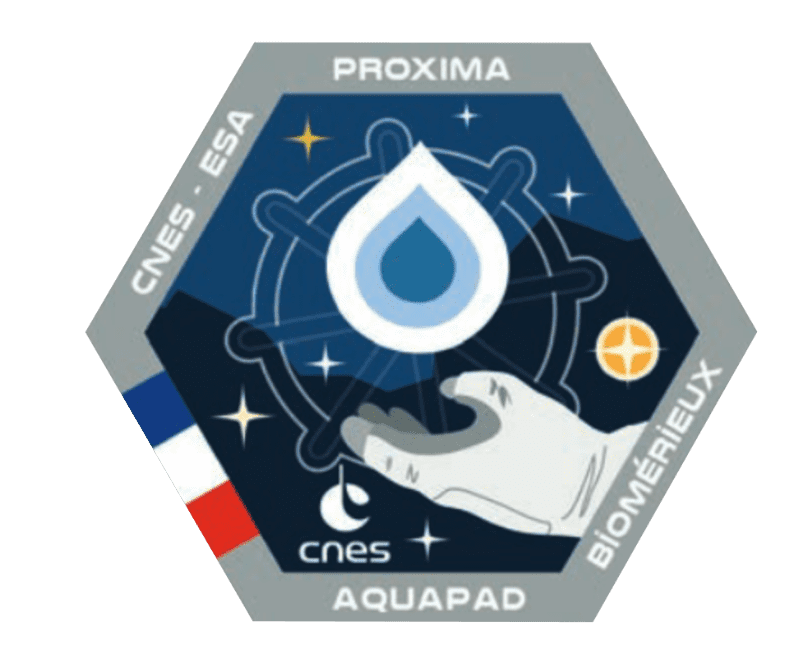
The Toulouse-based MEDES Space Clinic is a partner of the TechTheMoon incubator and conducts studies on musculoskeletal and cardiovascular deconditioning and the psychological effects of long-term confinement.
During the ISS Proxima mission, CNES tested Aquapad, a device for detecting microbial contamination of water, in partnership with BioMérieux.
This technology has now found an application on Earth, for detecting cholera in high-risk areas.
